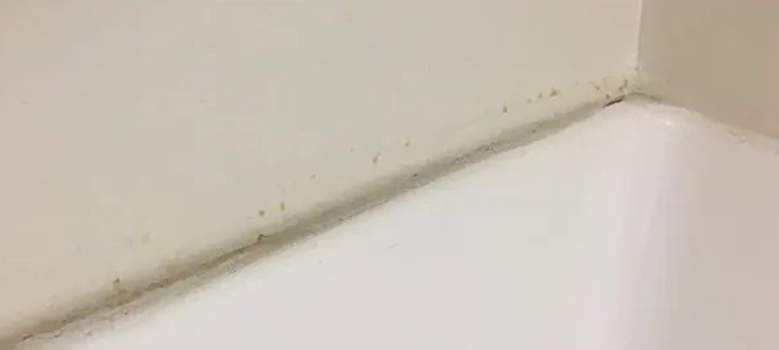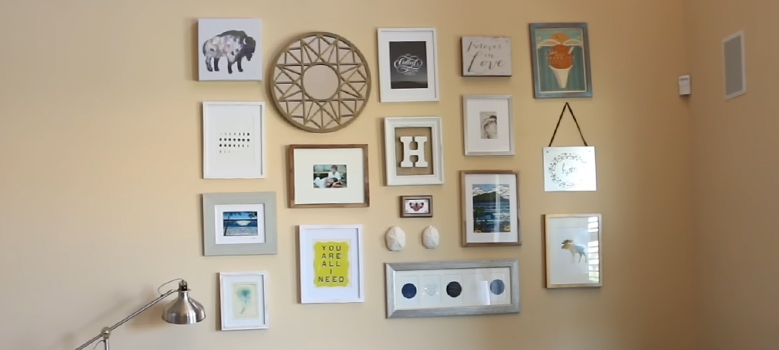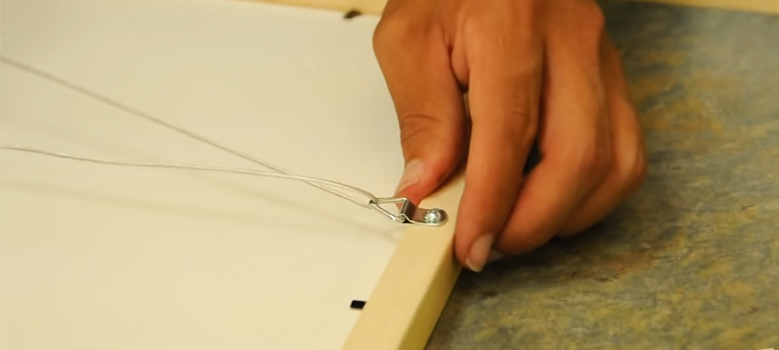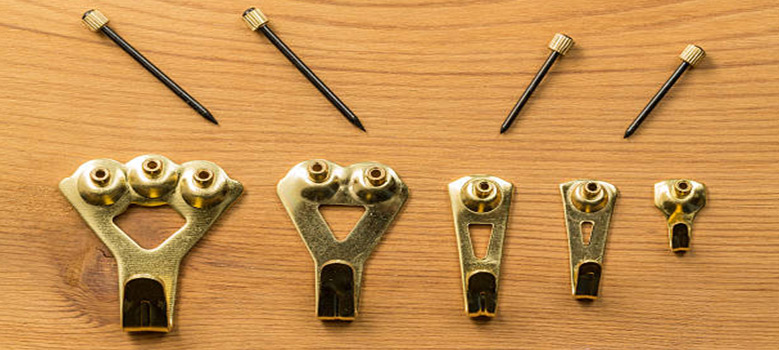You might notice that some parts of your walls are warm or too hot to touch anywhere in your house. Heat can build up to the extent that you’d worry about a fire outbreak. However, don’t expect this phenomenon to go away on its own.
First, you should ask yourself, what is behind that wall? Is it electrical Issus? Are there hot water tanks? Hot water pipes? There is likely something hot behind or inside the wall causing the hot spot. Does the wall always feel hot? Is it only at certain times? To understand everything, you need more information. By simply following these tips, you can get rid of this problem. Tip 1: Allow ventilation. Tip 2: Install blinds. Tip 3: Use natural fabrics. Tip 4: Incorporate cool colors. Tip 5: Treat your roof. Tip 6: Get smart with wall paint. Tip 7: Bring in greenery.
How Come One Spot on My Wall Is So Warm | 5 Possible Causes
Taking care of your home is essential if you are a homeowner. As a result, you can protect the value of your home and prevent costly repairs in the future. Consequently, your roof, utilities, and walls should receive close attention. Walls can sometimes cause problems even when you don’t pay attention to them regularly. Your walls may have warm spots in certain spots as you walk around your house. Is there a reason why you have warm areas in your home? Do you think this is normal? Here are a few essential points to keep in mind.
1. The hot water pipe is leaking:
Hot water pipes can leak or become too hot if they pass through your bedroom wall on their way to the bathroom or kitchen. There is a difference between leaks and regular overheating on the water pipes. Leaks usually manifest as a wet spot on the wall, while regular overheating creates a dry area on the wall. A professional must tear apart the wall or foundation to reach the pipes.
2. There are hot electrical wires:
It is possible for electrical wiring to heat up behind walls, resulting in a hotspot. Electrical wires can get hot for several reasons, but improper grounding is the most commonly reported cause.
Without proper grounding, a circuit can fail. Power surges and additional energy disperse themselves as heat, causing the wiring or the entire course to become extremely hot. There are several types of electrical wiring-induced hot spots on walls, but some are easiest to fix, and others are more expensive to fix. A qualified electrician will help you determine if your electrical wiring is to blame for the problem, and you will then simply need to open the wall, change the wiring, and cover the area.
You may need to rewire the affected area or add more circuits to prevent overheating caused by circuit overload. It is rare for electrical wires to overheat. However, in the unlikely event it occurs, the fuse will probably have blown up by the time you feel the wall warming up.
3. You should check your appliances:
If you feel a warm wall in your bedroom but have a kitchen on the other side, it is probably an appliance in the kitchen. You should check if one of your kitchen tools is responsible for the problem. Ensure you don’t install coil-based devices too close to your bedroom walls, such as toasters, stoves, ovens, dishwashers, freezers, refrigerators, and water heaters.
It is important to note that non-kitchen appliances can also cause this problem, depending on whether they are close enough to the wall to dissipate the heat. Ensure everything works properly, including vacuum cleaners, TVs, washing machines, space heaters, and computers. Since appliance-induced overheating does not require wall modifications, it is the easiest to fix. Change or reposition the overheating appliance in the opposite room, and the wall will stop overheating.
4. A chimney line:
In many houses, chimneys run through the walls and roof. The fireplace chimneys are the easiest to forget, unlike the kitchen ones, which are usually more elaborate (with attached range hoods and stuff). If your bedroom and family room share a wall, you may not immediately suspect a fireplace chimney line as the source. Large chimney breasts on some houses sometimes characterize traditional chimneys.
Some feature single-skin walls sandwiched between semi-detached living spaces with four-inch thick walls (and twenty feet high) inserted into the wall at the ends of the upper floor joists of the living spaces. To determine exactly how wide the separating wall is. You may want to abandon that part of the wall since chimney lines are difficult to relocate.
5. Heating ductwork and AC system:
Several factors can cause this problem, including underlying issues with the AC ductwork. Besides regulating your interior temperature, your AC system also controls the humidity in your space. As a result, an extensive ductwork system connects various rooms through the house’s exterior. Many homes install ductwork on walls rather than on the ceiling. There is a feeling of warmth near punctured ducts (more about this later). It is important to evaluate everything in your home that can generate heat, not just your ductwork.
How Do I Fix My Warm Wall
⦿It is essential to seek the assistance of all possible professionals – from insulation experts, electricians, and energy auditors. An electrical wall problem is the most likely cause, but many other possibilities exist. If there are no electrical problems, then you can proceed. With the help of a relevant professional, you can investigate the situation further once you are sure there are no electrical issues in that wall. In the event of a malfunction, your utility company may provide professional assistance.
⦿You should contact your contractor immediately when you notice hotspots on your wall. The contractor will follow several steps when they arrive. These steps include:
⦿Initially, the contractor will ask you where you notice the hotspot. Once they confirm that the temperature is higher in that area, they will use a thermal imaging camera. Thermal imaging cameras come in various types; however, they all detect temperature differences. When the contractor confirms that there is a hotspot, it is time to determine why.
Leaks in Hot Water: How to Fix Them
Next, the contractor will try to identify the cause of the hotspot. For instance, the contractor will inspect the concrete slab thoroughly. Walk around the building’s exterior, looking for cracks. Additionally, the contractor will check the rest of the house for signs of plumbing leaks. Perhaps the water heater is to blame, for example, once the contractor discovers the problem. Water could run under your house if the water heater downstairs leaks.
⦿The contractor will work on fixing the problem once they have identified the problem. It is only possible to fix a hot water leak under a concrete slab by drilling directly into it. It is necessary to inspect all concrete beams and walls in the area. It is also essential to remove the concrete beam if it is damaged. As soon as the contractor has access, this must also be removed to note that some situations may require rerouting that specific hot water line. It may also be essential for the contractor to move the concrete beam. For this reason, there may be some cases where removing and moving the water heater altogether is necessary.
⦿The contractor will apply a patch after finishing his work on the hole. Next, they will replace the wall. To make the wall look as good as possible, the contractor will do everything in their power to match the shading.
How To Fix Warm Wall Near Electrical Outlet
1. Turn Off Power Supply: The first step is to turn off the power supply. It is essential to figure out what is causing an outlet to get warm. In addition, it is necessary to assess the outlet’s wiring and the wall itself. If you have not done this, you should not use or connect anything to the outlet. Getting to the bottom of things is essential. You will need to turn off the power to the fixture at the circuit breaker. It will allow you to look inside the outlet by unscrewing it.
2. Remove the Outlet: An outlet or one of its connections is faulty if the wall is hot near it. The first thing you need to do is identify which one it is. Most of the time, it will be a wire or the amount of load going to the outlet. Increasing the load will cause heat to build up around the outlet and the outlet itself. When the power is off, touch the outlet, and you will notice this. Unscrew the outlet to see what is happening inside.
3. Check The Connectors and Wires: Check the connectors and wires. There is a possibility that one of the wires has frayed, causing the warmth. A clear path is not available for the electricity to reach the outlet. Overheating can result from this. Make sure the wires are tightened and in place.
Frequently Asked Questions
What Makes a Wall Warm?
Warm walls near outlets may indicate overloaded circuits, loose wiring, or damaged casings. Turn off the power supply, check the wiring, and replace the outlet to resolve this issue. Controlling any power that goes to the outlet will ensure it is safe.
How Do I Reduce Wall Heat?
Insulation, reflective barriers, and shading are the most effective ways to block heat from entering your home. Insulation. Reflective Barriers. Shading. Landscaping. Drapes and Blinds. Shade Screens.
Why Does My Ceiling Get Hot?
Your home gets heated as your roof space heats up, pushing heat down through your ceiling. It may even feel like this heat is building up above you. Your roof tiles and ceiling space store heat from the sun.
Conclusion
An overloaded circuit, damaged wiring, or a broken outlet are the most common causes of a warm wall near an electrical outlet. Replace the outlet, disconnect the wiring, and turn off the power supply to fix this issue. Hopefully, this will resolve the issue and restore it to room temperature.
However, several factors can cause warm spots on the wall, including ductwork, downlights, and hot pipes. Similarly, crawl space and concrete slab leaks can cause warm areas. There are several reasons for warm regions, but substantial slab leaks pose a risk of serious injury. Let professionals handle this issue.





